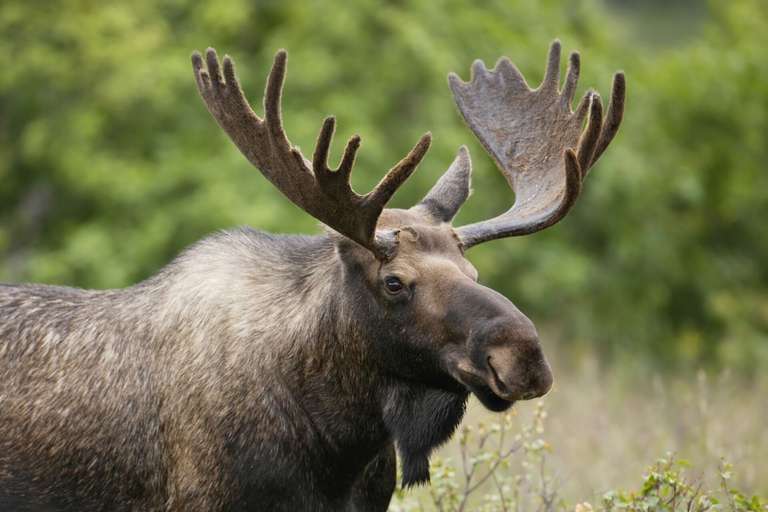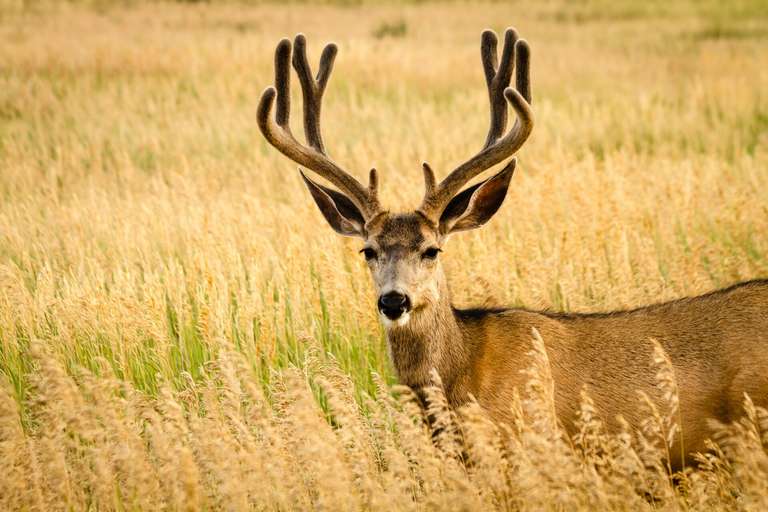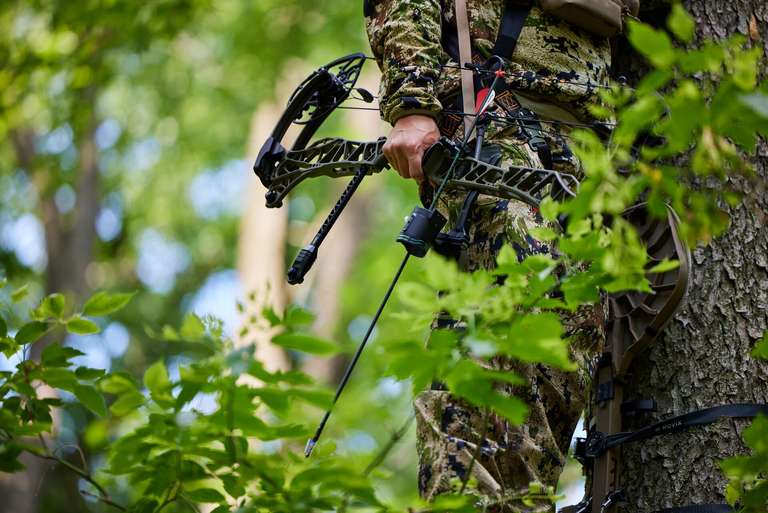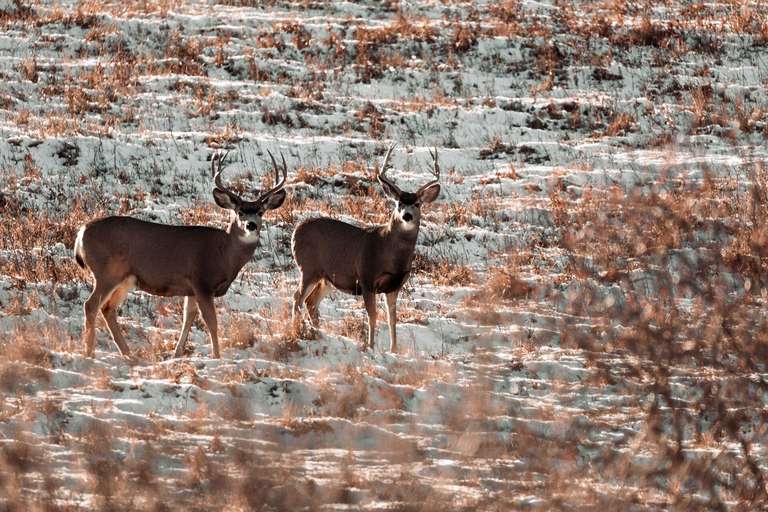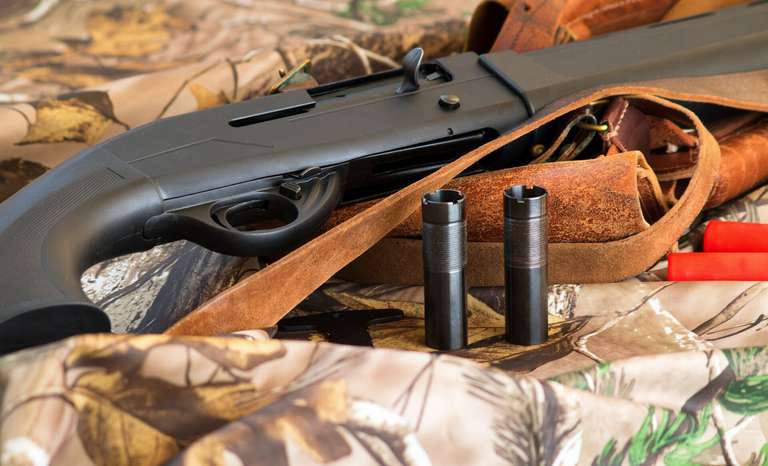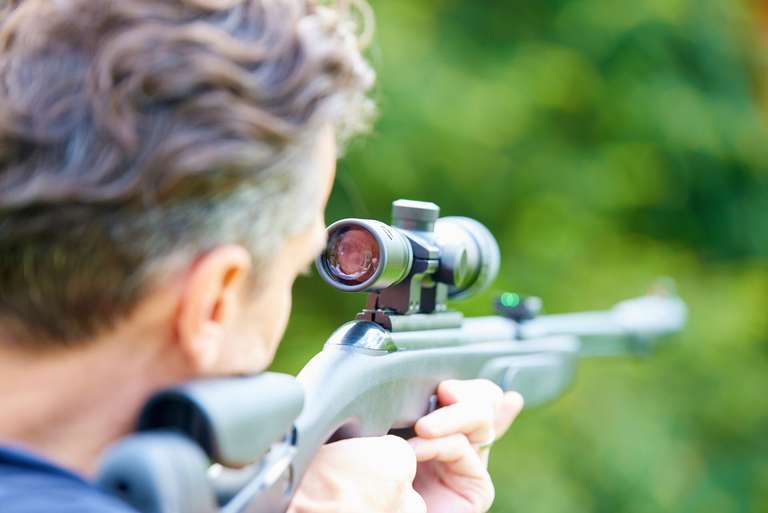After the Shot: Skinning and Fleshing Safety
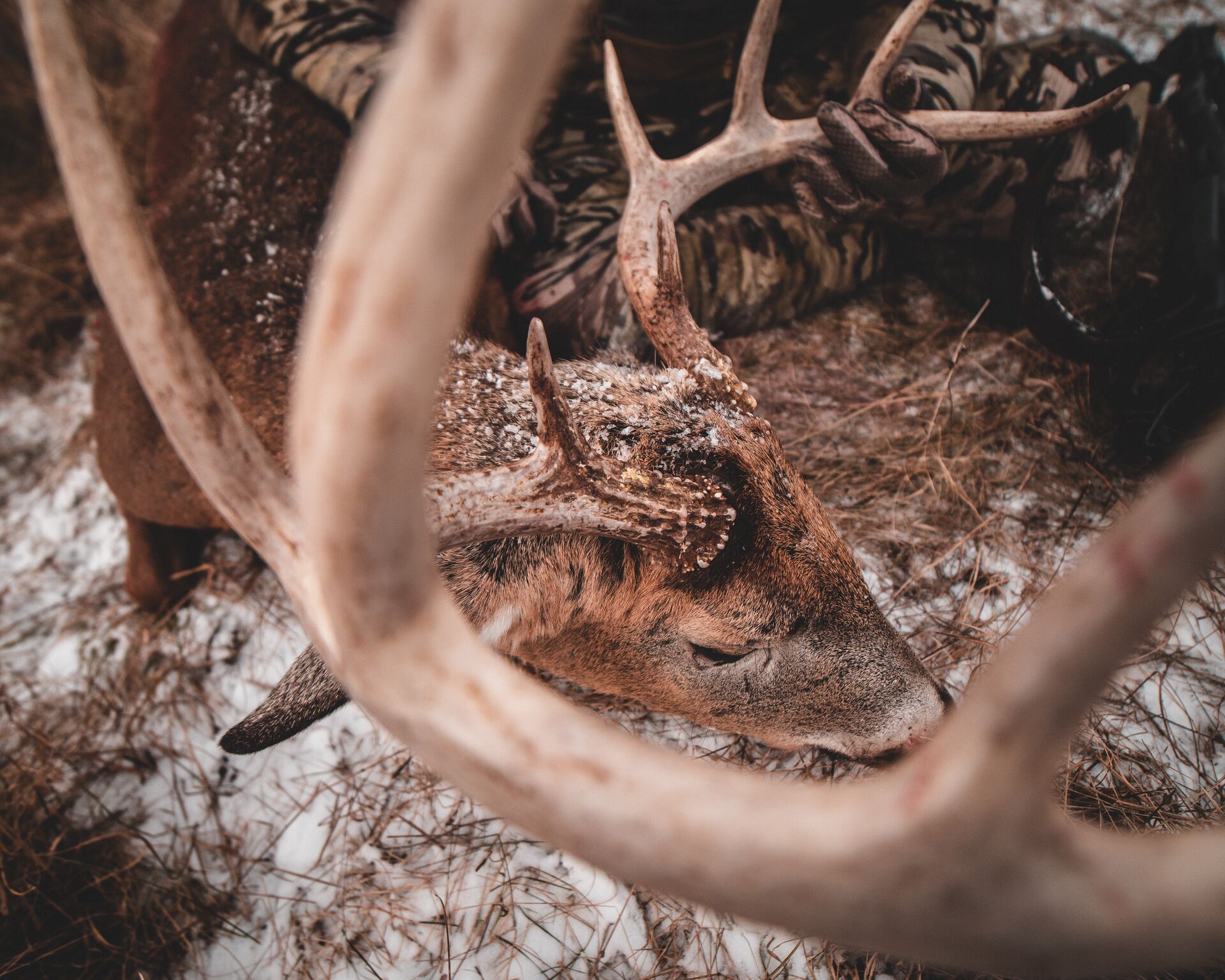
Hunting encompasses countless hours of preparation, scouting, and marksmanship skills just to get to the point of making a successful shot. Then, once that shot has been made, your real work begins.
However, preparing your harvest for the table requires more than a sharp knife for field dressing. You need the necessary skills to ensure the meat's quality, which demands strict attention to food safety standards.
This guide will explore essential tips for safe skinning and fleshing so you can enjoy the rewards of your hard work without putting yourself or your family at risk.
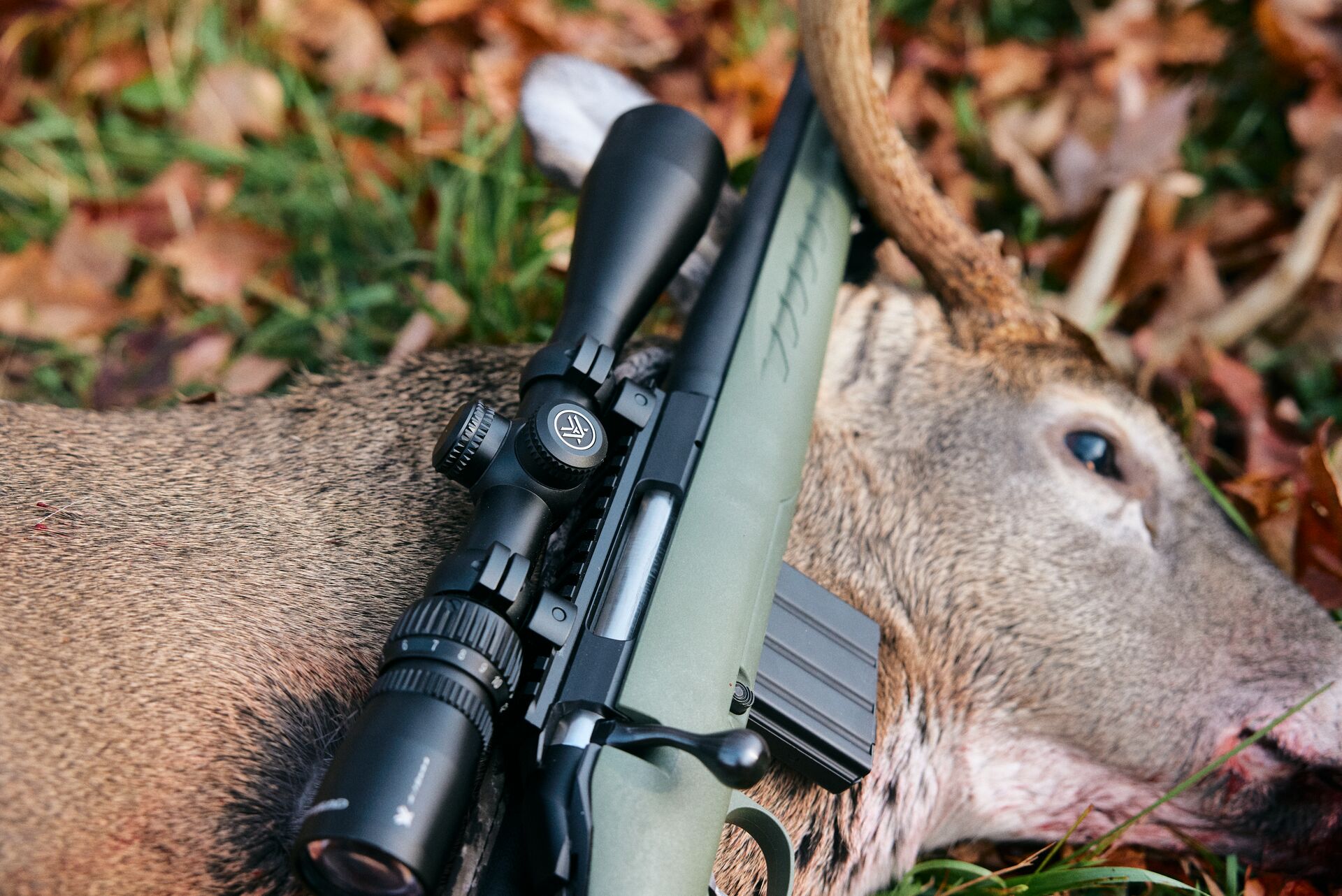
Wear the Right Protective Gear
In the excitement of getting tags, the right clothing, and acquiring the best gear, newer hunters often forget about getting the necessary protective gear for game processing.
Wear cut-resistant gloves to protect your hands against lacerations and punctures. Fingers from your non-knife hand have an uncanny ability to get in front of the blade when your attention is focused on skinning and fleshing.
Bodily fluids also tend to go where you least want them to, so consider wearing protective eyewear, especially when field dressing your harvest. The last thing you want is to end your hunt with an eye injury or infection.
You may want to add a disposable apron to your kit or a washable apron for your home processing station. Aprons keep your clothes from getting blood-stained and also help prevent debris from your clothes from contaminating the meat.
An apron can also provide an extra protection barrier between you and the animal's fluids to reduce the transmission risk of zoonotic diseases.
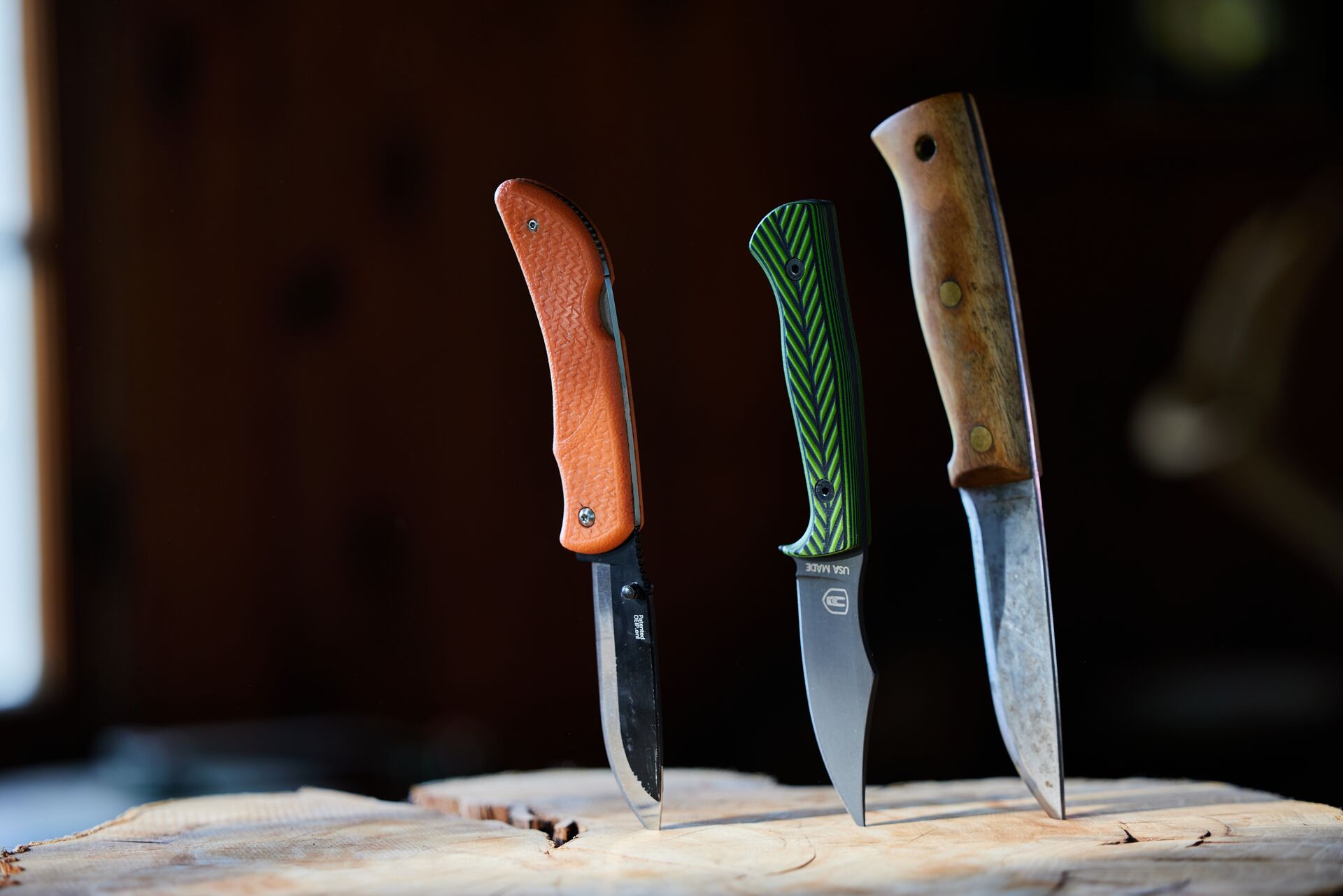
Mastering the Art of Knife Handling
As the tool connecting your hand to the animal, your knife is the most essential piece of gear you own when skinning and fleshing. Knowing how to maintain your knife and use it safely is critical.
Always keep your knife sharp. A dull blade requires more force to cut than a sharp one, dramatically increasing the risks of the blade slipping and cutting you.
Carry a knife sharpener and know how to use it. If your sharpening skills aren't where you want them to be yet, consider using a knife with replaceable blades.
Cut Away
Always cut with the blade's edge away from you. This includes being mindful of where everyone's hands are if you have friends helping you process the animal.
Keep a firm grip on the knife and the carcass to maintain control while skinning and fleshing. Cut-resistant gloves have a mesh-like material that can help improve your grip on the knife, and you can have a firmer grip if you have a scaled or textured knife handle.
Have quick and easy access to a first-aid kit if you cut yourself. A supply of adhesive bandages, sterile gauze pads, alcohol wipes, and first-aid tape can help you treat minor cuts.
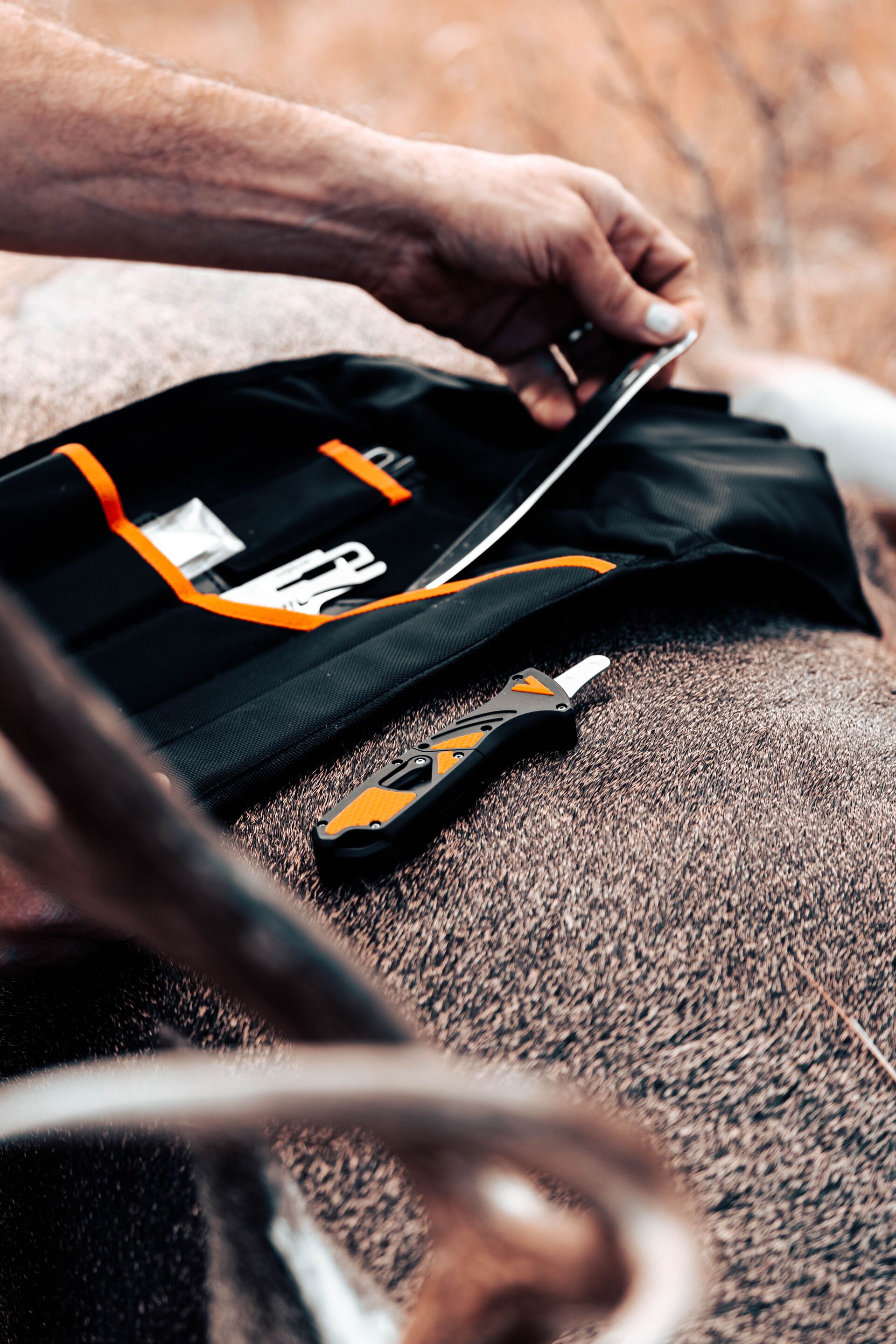
Field Sanitation
Try to keep your workspace as clean as possible when you're field dressing or quartering your harvest.
Regularly cleaning and sanitizing your knife and any tools that touch the animal can reduce the buildup of bacteria and the chances of contaminating the meat. Good sanitation practices also mitigate the chances of infection if you accidentally cut yourself.
Do your best to avoid moving the carcass through dirt or other contaminants before and after field dressing. If possible, transport the animal to your vehicle on a tarp, game cart, or sled.
How to Avoid Cross-Contamination
To avoid cross-contamination, use separate knives for skinning and fleshing to keep any bacteria or debris from the hide being transferred to the meat.
Also, be extra cautious when working around the abdominal cavity to avoid puncturing any part of the digestive tract. The stomach and intestines contain bacteria that can ruin the taste and edibility of the meat.
If you want to keep the hide for tanning, clean it by scraping away any fat or meat as soon as possible. This prevents bacterial growth that can ruin the hide and reduces the risk of contaminating your work area and tools.
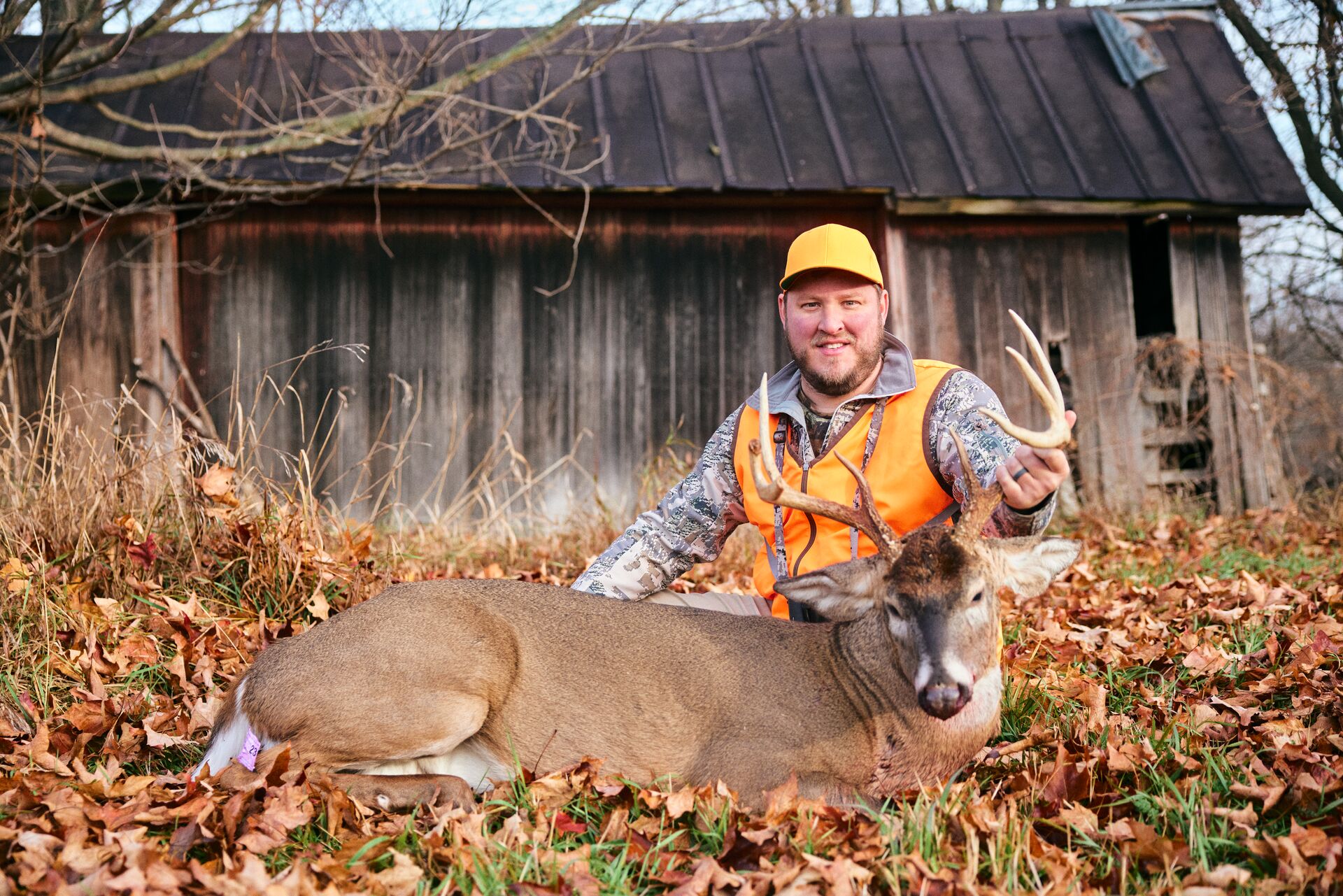
Listen to Your Body
Skinning and fleshing can be physically demanding when working on big game animals like deer, bears, or elk and moose. Make sure you take regular breaks every 20-30 minutes. Doing so will help you avoid fatigue-related mistakes such as knife slips or punctures because your mental focus isn't as sharp as your knife.
Use those breaks to force yourself to stay hydrated. Dehydration can sneak up on you, especially in warm weather.
Change your position frequently to maintain good posture and body mechanics to reduce strain on your back and hands. If you can, work on a surface at waist height, like a table or even the tailgate of a truck.
Responsible Waste Disposal
Follow state and local regulations regarding the disposal of an animal's entrails, bone, scrap meat, and carcass. These rules were created to prevent the spread of disease and minimize your environmental footprint.
When in the field, use caution when disposing of the waste to avoid attracting predators or scavengers to your camp or hunting area.
If you need clarification on those requirements, contact your local game warden for advice.
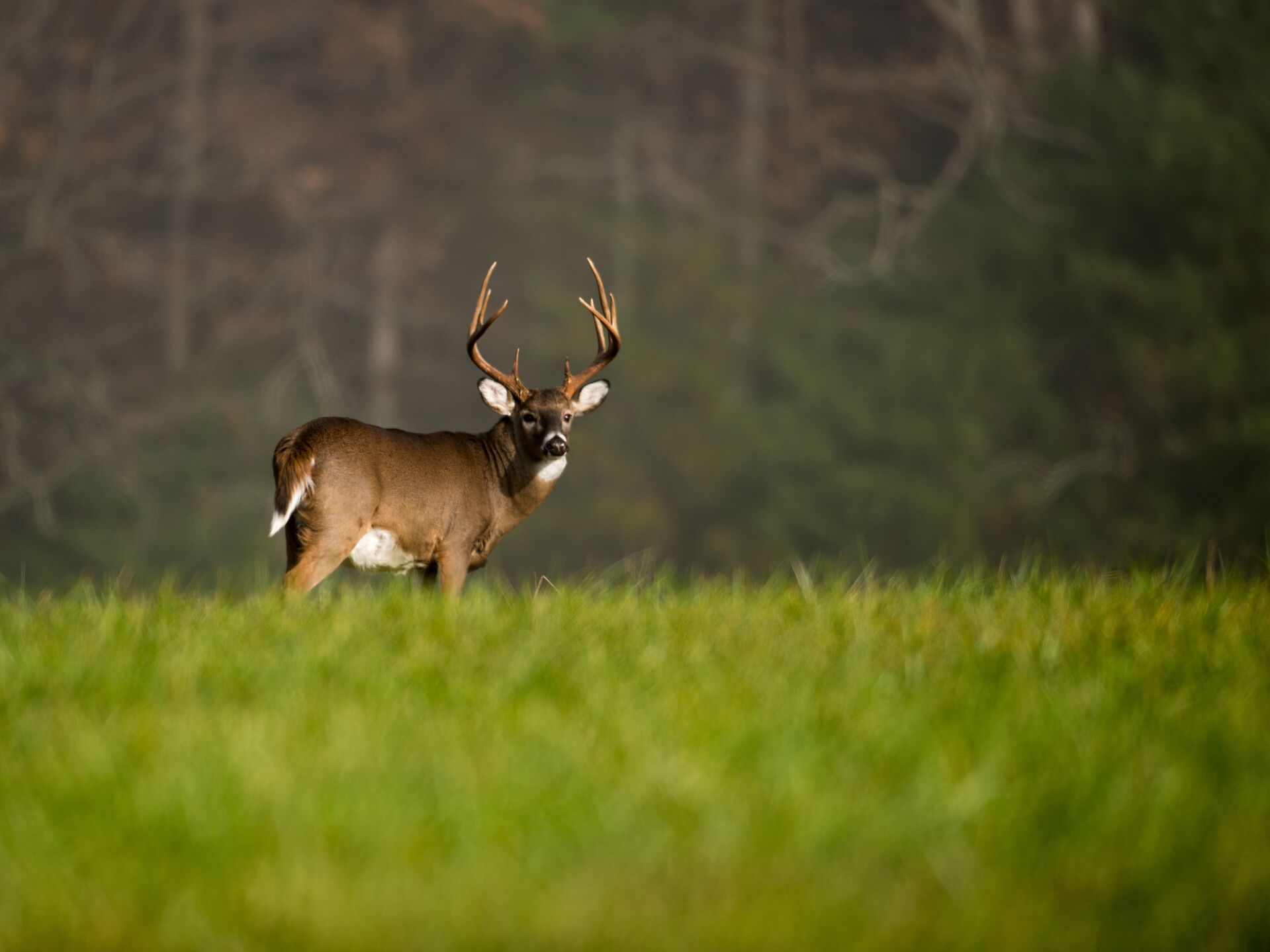
How to Handle Potentially Diseased Animals
While uncommon, there is a chance you will discover your animal is diseased during processing.
Spend some time researching the common signs of disease for your quarry, and keep an eye out for lesions, unusual discoloration, or strange odors. This is why we recommend wearing nitrile or latex gloves when handling any animal.
Some diseases, like Chronic Wasting Disease (CDW) among deer and elk, show no visible indicators. This highly contagious disease can only be identified through laboratory tests of the lymph nodes. If CWD has been found in your area, follow your state's processing and meat handling requirements to minimize the spread of this deadly threat to ungulate populations.
If you suspect your animal is diseased, share the information with local wildlife authorities. They may want to examine the animal or ask you to submit a tissue sample.
When in doubt about your animal's health, play it safe and do not consume the meat or feed it to pets.
Proper Post-Processing Storage
Follow game meat safety standards by keeping the carcass cool and out of the sun to minimize spoilage. If necessary, use bags of ice inside the body cavity and put smaller cuts in a cooler.
After all the hard work you've put into this point, the last thing you want is for the meat to go bad in your refrigerator or get freezer-burned. Use freezer paper or a vacuum sealer to package your meat properly for long-term storage.
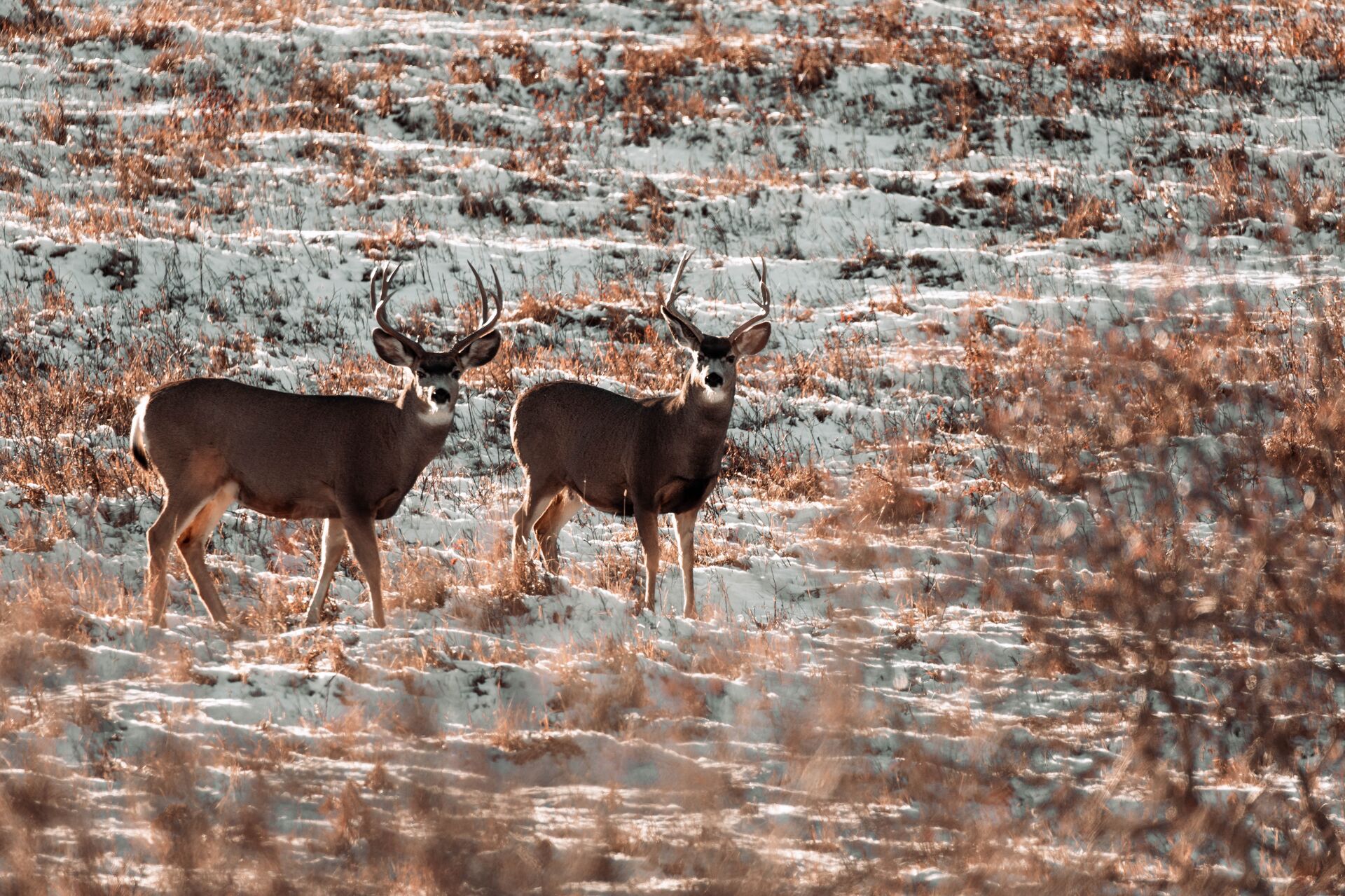
Practice Safety First When Fleshing and Skinning Animals
Properly skinning, fleshing, and processing your animal bridges the critical gap between the field and your table. By implementing these safety guidelines, you'll dramatically improve the quality of your harvest and protect yourself from injury and contamination.
The work of a hunter never stops. There are always more skills to develop and knowledge to gain regarding hunting and safety — and ilearntohunt is here to help!
If you're new to hunting, we recommend taking our online hunter education course for your state to better understand all aspects of hunting safety. Most states require hunters to pass a hunting education course before getting a hunting license, and our courses meet those requirements. Plus, we make it fun to learn with an online gamified experience.
So, to help you put safety first in the field, choose the course for your state and start learning.

